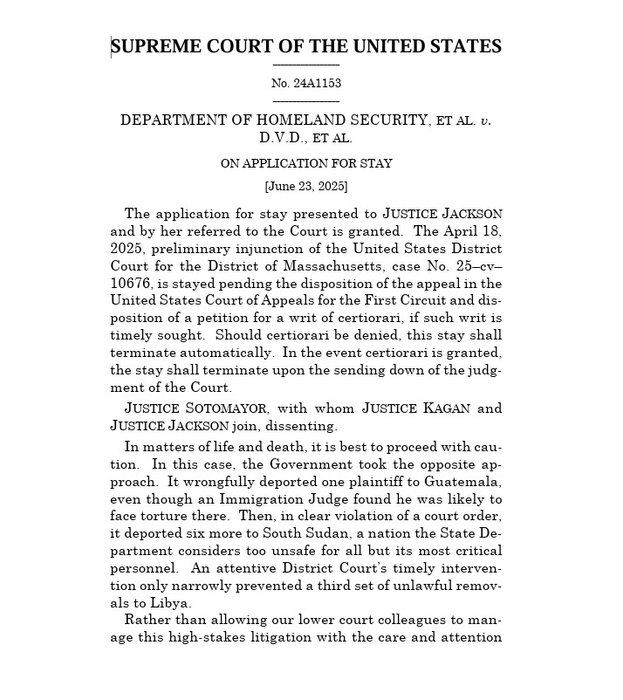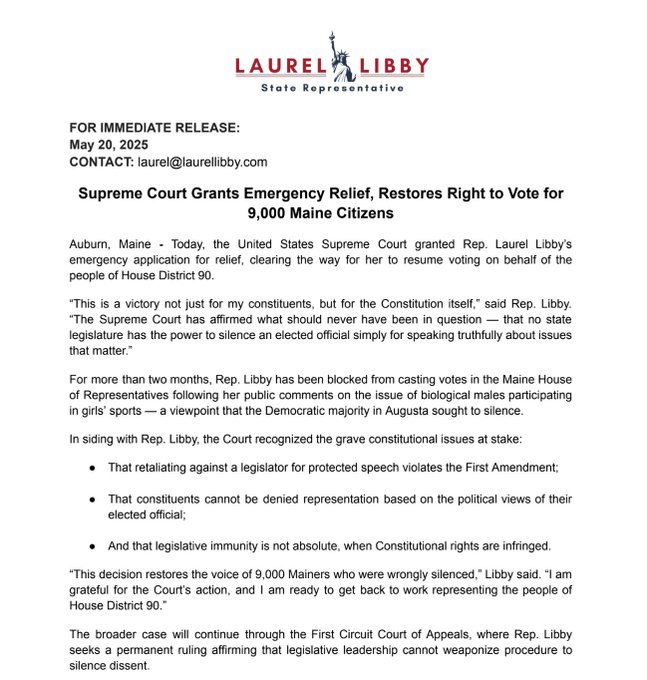Sublime
An inspiration engine for ideas
The Supreme Court just made a massive power grab it will come to regret
vox.com
The entire thing is much longer, but *entirely* worth the watch. The government sued Snepp in a case that went all the way to the Supreme Court, which ruled intelligence workers had to submit any statement for censorship, even those unrelated to secrets.
https://t.co/FHruDGp2lH
Edward Snowdenx.comentire island economy.11 In 1922, the US Supreme Court declared Puerto Rico a territory, not a state, and as such the US Constitution did not apply there. This lay the groundwork for denying any rights to work, or a minimum wage or collective bargaining granted to US citizens.
Nelson Denis • War Against All Puerto Ricans: Revolution and Terror in America's Colony


BREAKING: The US Supreme Court just ruled 6-3 in FAVOR of allowing the Trump administration to deport illegal aliens to third-party countries. https://t.co/Sgj0S9GmzV


BREAKING: The Supreme Court voted 7-2 in favor of Maine Republican Rep. Laurel Libby after Maine Democrats stripped her of her voting and speaking privileges for speaking out against males invading female sports.
HUGE WIN for Free Speech! https://t.co/3t58NxS81R
🚨BREAKING: Gov't files response in support of stay absolutely nailing why federal court can't for even a moment force fired person back into executive branch. FOLKS this case will be one of landmark ones re-establishing Executive power. 1/
Margot Clevelandx.com

